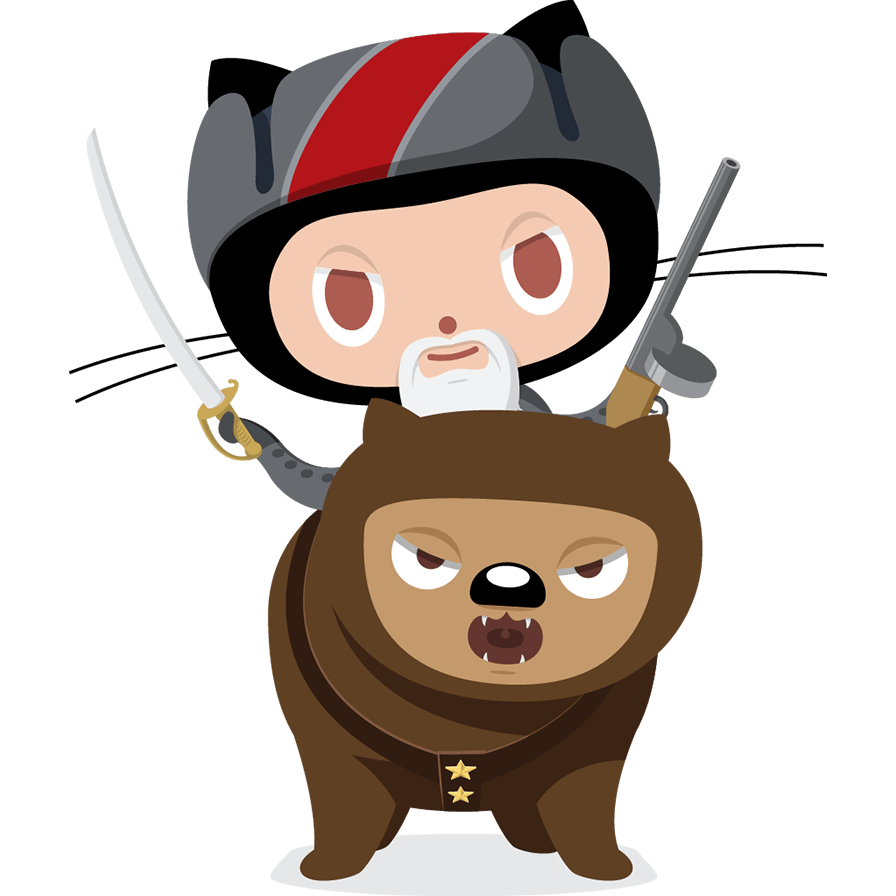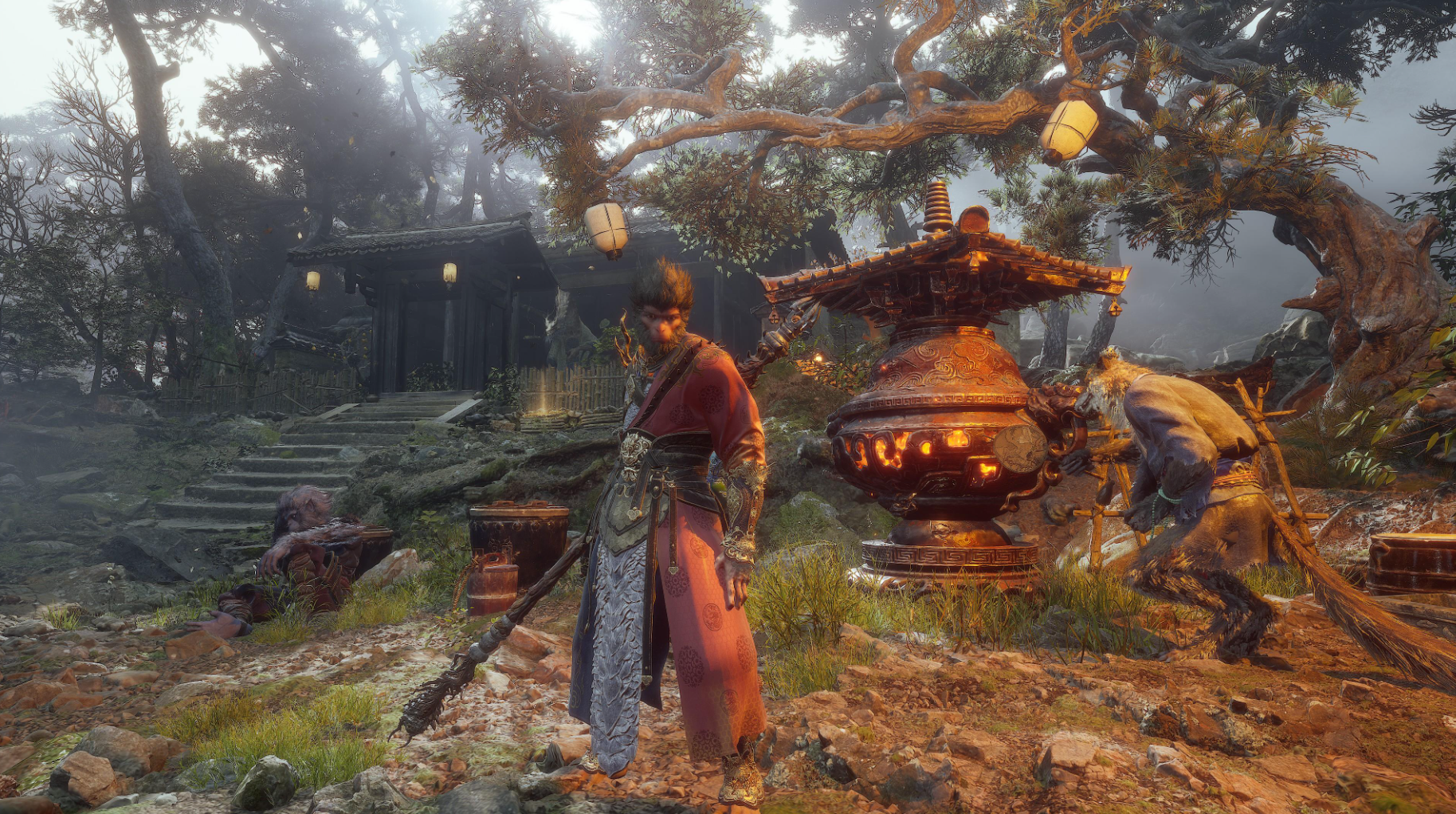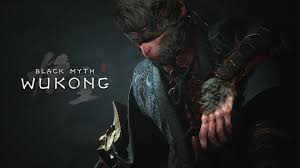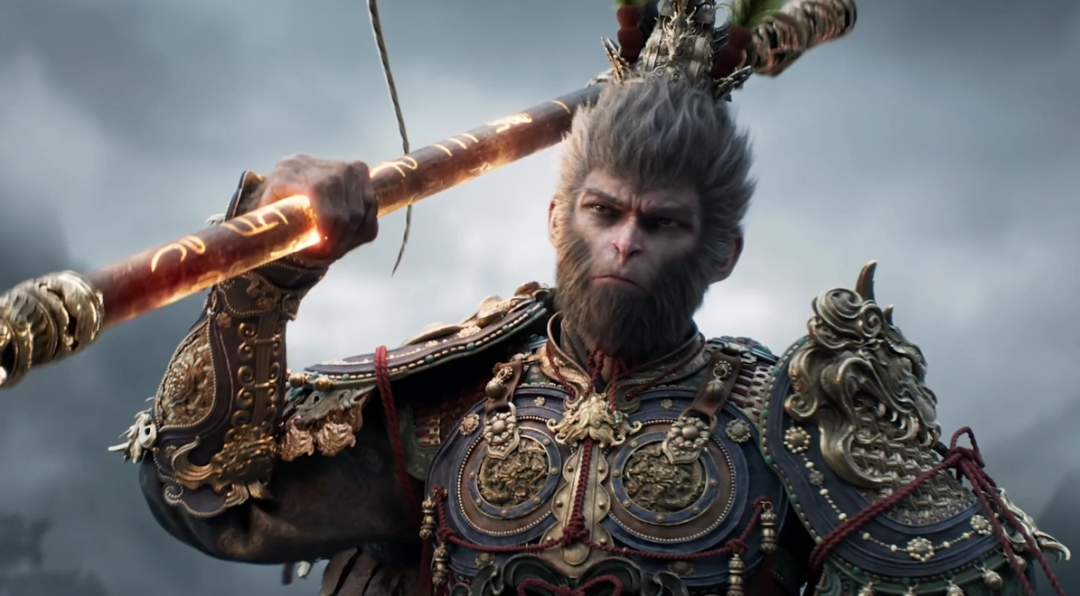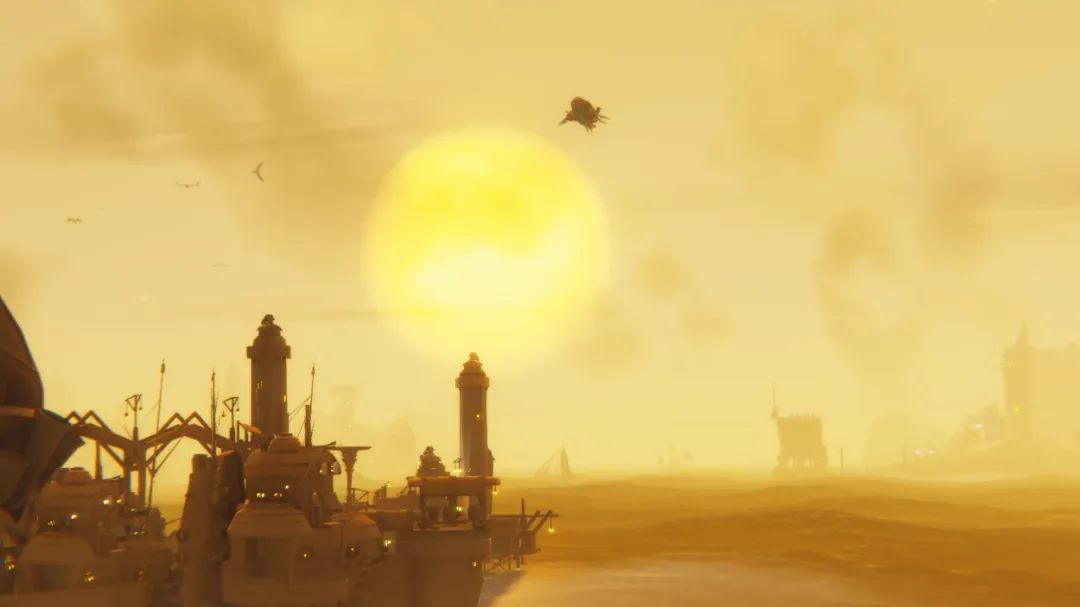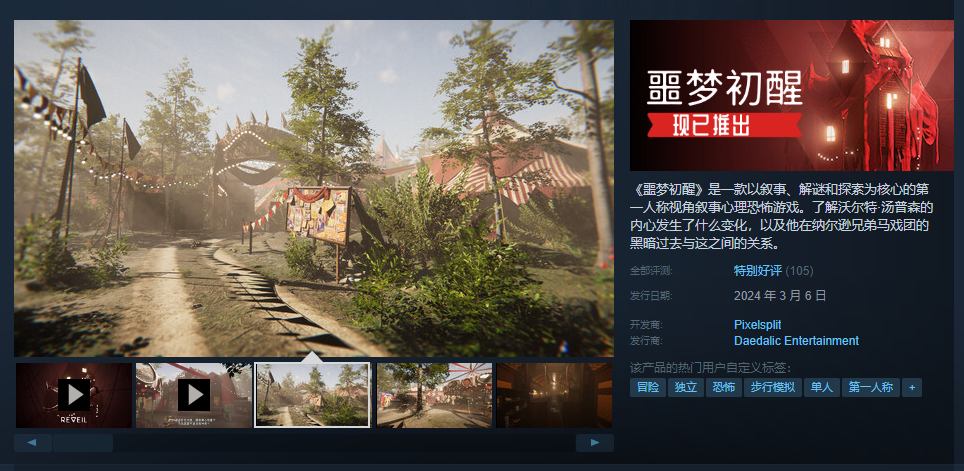
Although Robin Hood is an exotic tale, it is still familiar in China because of its spiritual connotation like “The Good Man of Liangshan”. According to English folklore, the sharpshooter wore green clothes and a green hat, hid in Sherwood Forest, and led a volunteer army to wage guerrilla warfare, eventually overthrowing the tyranny of the Sheriff of Nottingham.
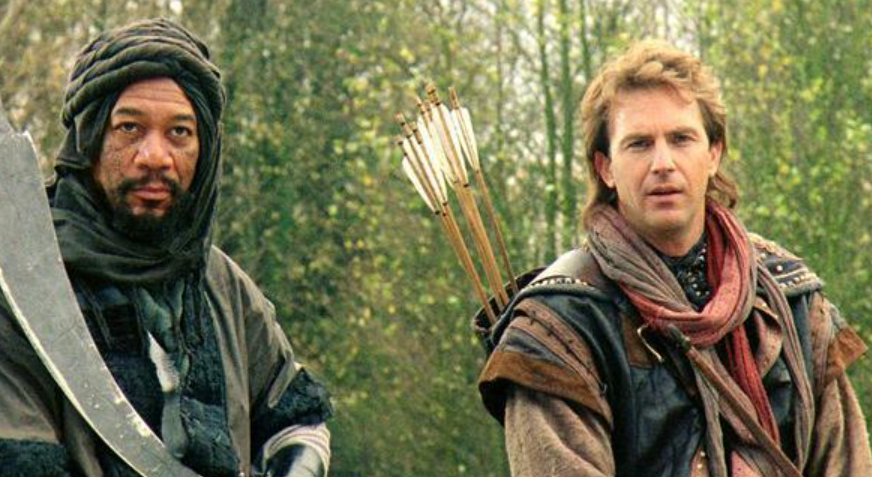
- 1991 Robin Hood movie stills
But in the age of cyber-technology and superhero-infused entertainment, younger demographics don’t seem to be buying the traditional hero story quite as much. Three months ago, for example, the name “Robin Hood” reappeared in the public eye because of a unique crime story: the famous Robin Hood tree from the 1991 Robin Hood movie was suddenly sawed down by a 16-year-old bear. The young forgot the story of the hero, and only the older generation shed tears over it.
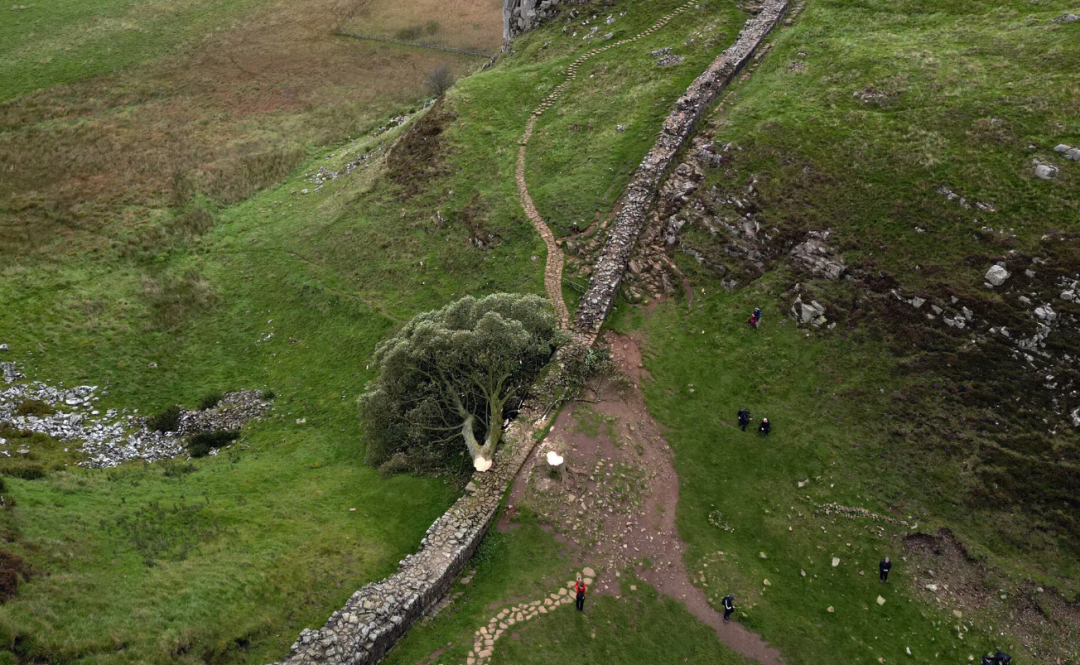
- Kind of looks like a broken broccoli
Can the game make Robin Hood “great again”? At least that’s what was attempted in 2021, when the assassination-meets-frontal-fighting gameplay of Robin Hood was meant to be a long-running success, but after only a month, the game went unchallenged.
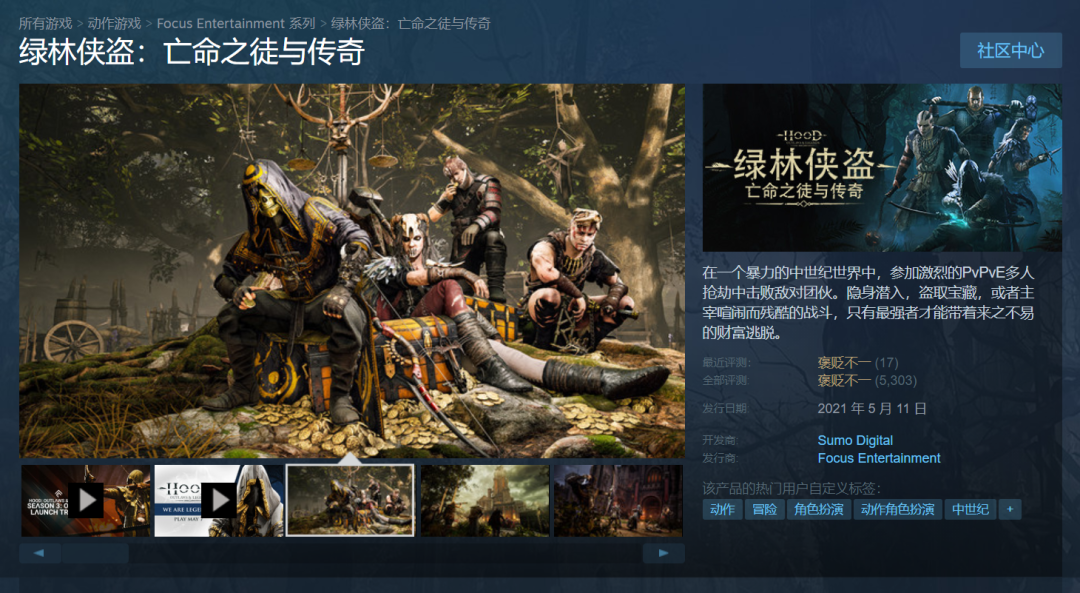
Compared to its predecessor, the recently released Sherwood Rogue Legion is quite a bit more hip, throwing sneaky gameplay to the wind and eschewing realistic melee combat. The Sheriff of Nottingham’s minions ride in high-tech airships, equipped with technological armor and energy blades, emphasizing “magical mayhem”. The protagonist’s outfit is also steampunk, and he can unleash fancy explosions with his hands, making it hard to tell if it’s technology or magic.
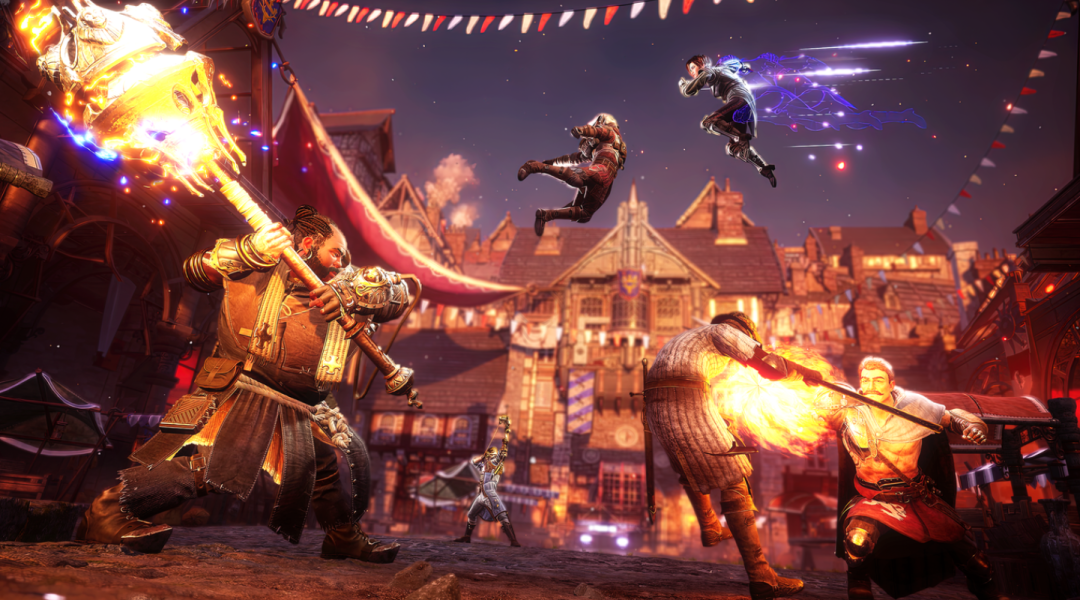
In terms of gameplay, Sherwood Grand Theft Auto is meant to be close to an ACT action game: progressing through linear levels, defeating one enemy after another. Character skills require some simple maneuvers, most of which are as simple as “three flicks and a click,” and the difficulty of the maneuvers isn’t intended to be difficult for the player, whether it’s Robin Hood, who shoots arrows from a distance, or the other three melee fighters.
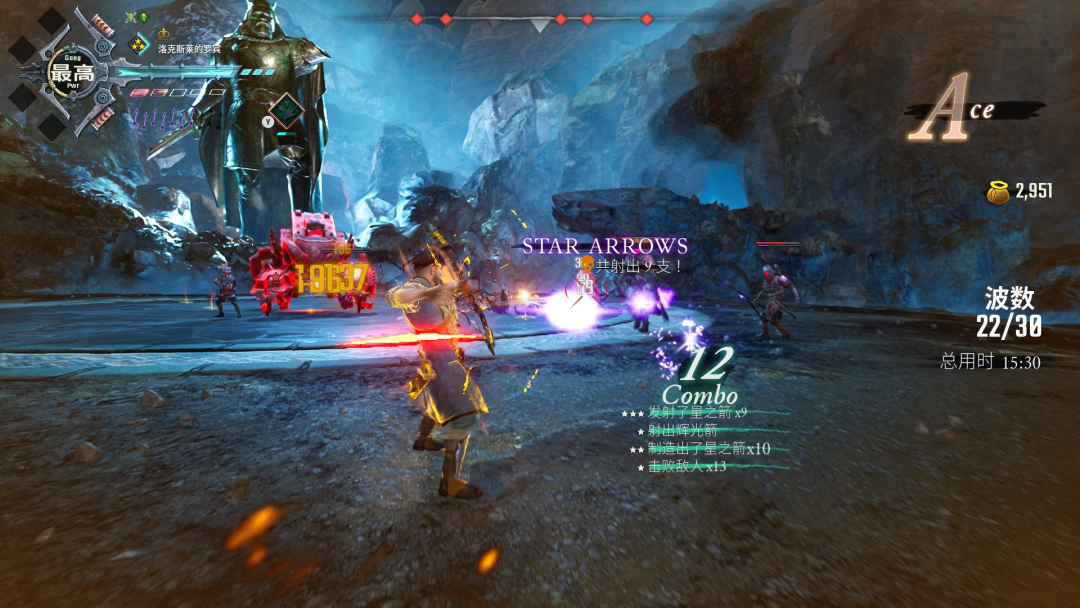
While the bar has been lowered, the production team actually intended to raise the ceiling of the action system. You’ll see a Ghostbusters-like action rating system, which encourages the player to try and pull off as many fancy moves as possible while dodging more.
The only thing the game has going for it in terms of grand theft is that the money the player brings home turns into prestige. As the reputation level increases, the character’s skills will be available for purchase, enriching the player’s moves or changing their effects.
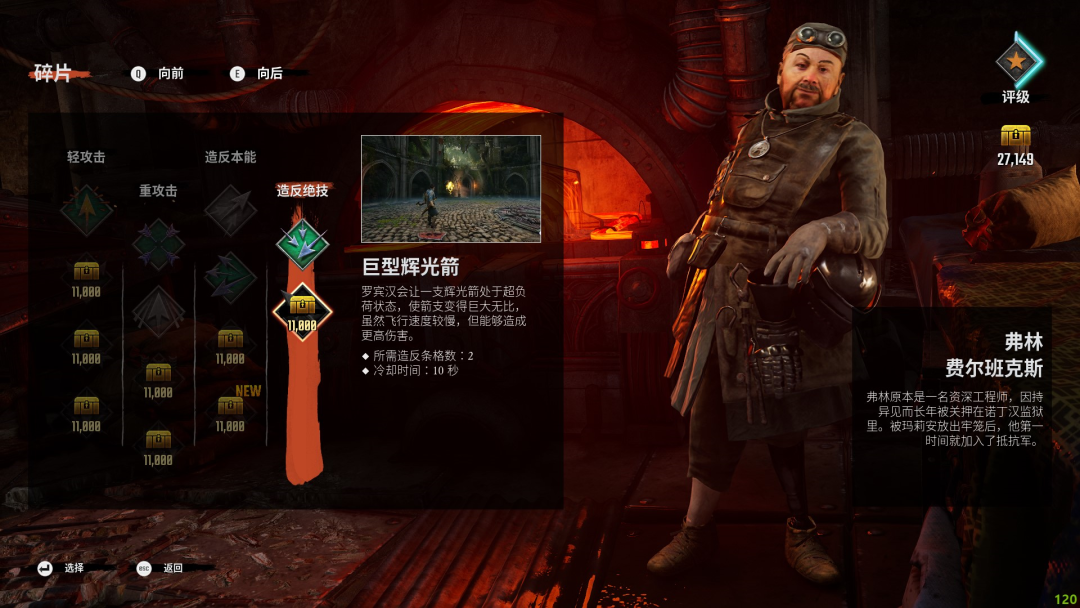
Frustratingly, when it comes to everything an action game should be, Sherwood Grand Theft Auto drops the ball. Attacks and lock-on feedback feel very weak, and strikes feel like they’re hitting cotton, whether they’re made by the player or an opponent. Once the number of enemies on the same screen grows, it’s hard to tell if you’re hitting or not.
The idea of building skill builds sounds wonderful, but it’s nothing more than shallow. In practice, the number and articulation of the character’s skills are too shallow to support a true combo, which is a real shame.
If that’s all it is, Sherwood Grand Theft Auto is a middle-of-the-road game, suitable for a casual experience with a few friends and an exotic hero culture. However, the game’s flaws become more apparent as it progresses.
Sherwood Grand Theft Auto supports up to four players online, so if you’re a lone wolf player, the experience falls short. Unlike Trinity, where you can switch characters freely, Sherwood Grand Theft Auto sticks to one character to the end. For example, you’ll often encounter “face recognition” hidden paths, and if you don’t pick the right character, you’ll have no choice but to team up with someone else or start over with a new character.
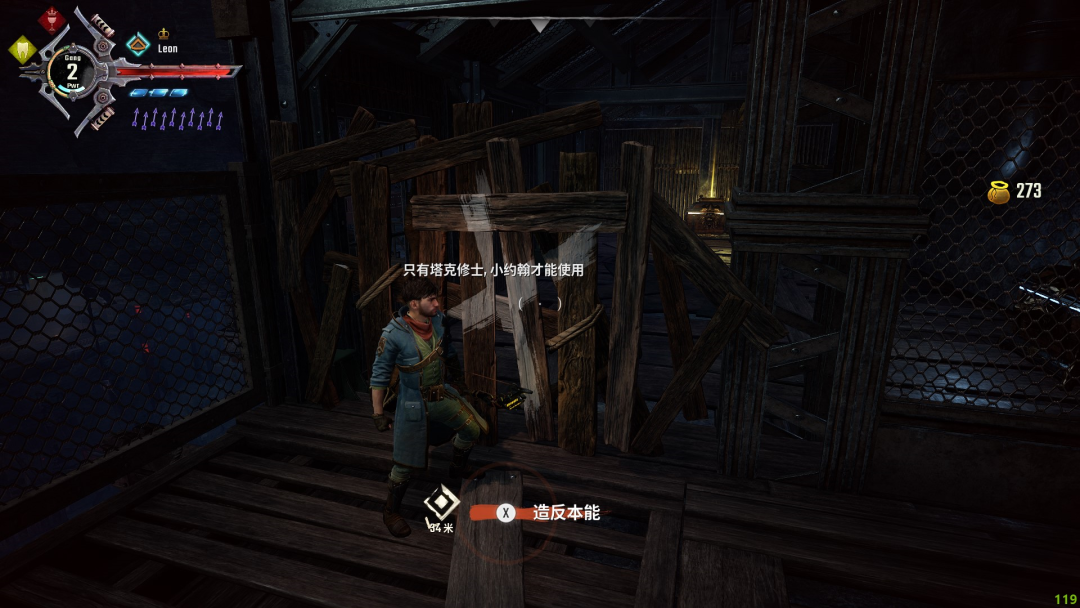
Despite being a team that lives and dies together, when it comes to money there is no human touch, and resources are not shared among the four characters. Your Robin Hood may have spent money not only to upgrade his skills, but even to get a new set of clothes, but another character, Little John, has nothing.
Trying out different characters and still having to start with nothing is more of the production team’s little scheme intended to retain players with an RPG system like this. But the cruel problem is that players can’t find a reason to swipe the map over and over again. Even the previously mentioned hidden paths have unattractive treasure chests, some in-bureau enhancements that can’t be taken away, or a few gold coins, which are more like chicken ribs than anything else. Repeated playthroughs just for the money seem unrealistic given the overall low volume of content.

- Playing ten games of a game for a piece of clothing that doesn’t do much good is just too much.
Perhaps it’s because of the production team’s “lack of resources” that the game’s storyline consists of only nine levels, which is roughly four to five hours overall, or less if you’re not interested in going around in circles. Throughout the course of the game, the enemy types are almost constant, like an awkward “medium tin can, large tin can, super large tin can” joke, and even the bosses aren’t spared - the ones you defeat become elite monsters, with the only difference being a slight change in color. The only difference is a slight color change, but that’s not worth it in the face of the short level size.

By this point, listening to the main four characters bicker and fight backfired as the last line of defense for my gaming experience. Just when I thought this unsavory pace would continue until the end, a new surprise appeared in the middle instead.
If Sherwood Rogue Legion was a game of meat pigeon with an ever-intensifying gameplay, then the sheer power of the second would make players happy, but it’s clear that this isn’t the normal pace of the game. As players light up a powerful skill called “Rebel Instinct,” they can abandon thinking altogether and mechanically repeat their moves, saving up enough energy to activate the skill. By doing so, you can vaporize almost any enemy in no time at all.
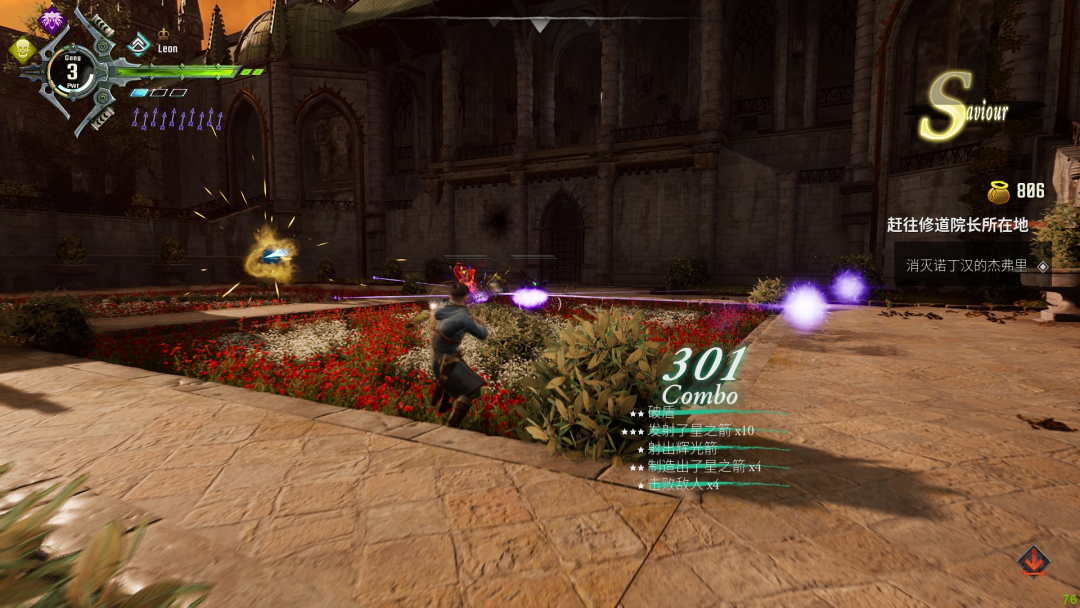
How to balance the player’s unbalanced combat power is a question that the production team obviously didn’t intend to look into. All the enemies just charge at the player mindlessly, lacking any mechanics worth thinking about, let alone any means of countering the player. Many of the bosses just show their faces and can be killed by the player with a barrage of arrows, and the whole process can take less than ten seconds. For example, after my encounter with the game’s final boss, the battle came to a close before the third line of the opposite line had been spoken, so perfunctory that it left you at a loss for words.
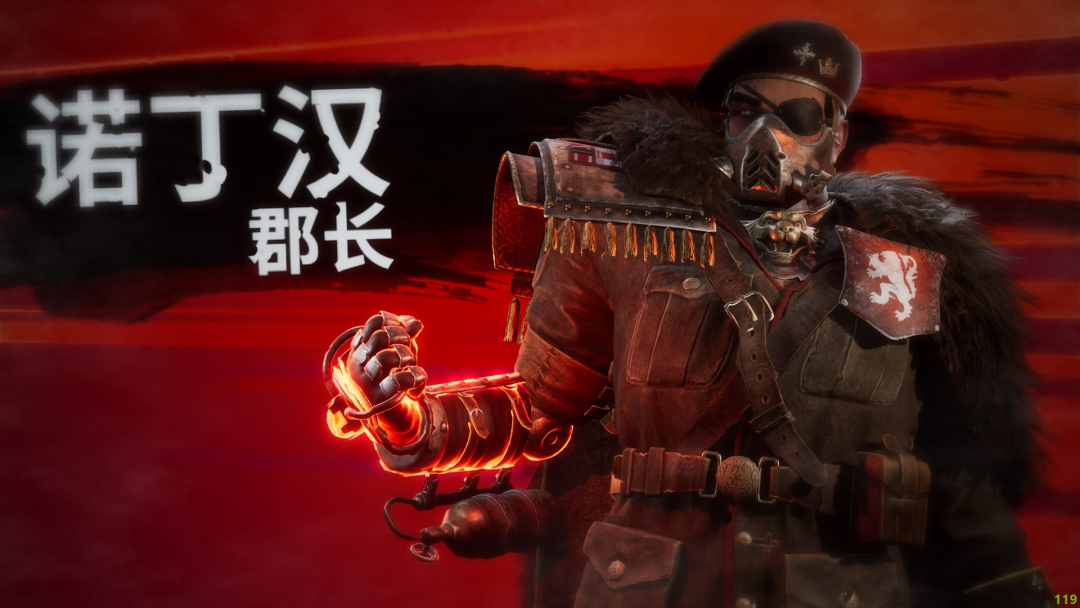
- Bosses aren’t even as good as shielded pawns
When you think about it, Sherwood Rogue Legion seems to be heading in the direction of being a “fun game,” but with all the imbalances in the production team’s design, it doesn’t seem to be “fun” in the right way.
In a spirit of disbelief and rebellion, I initially suspected that the production team in the endless mode “hide a big” - the Sheriff of Nottingham should have a second stage. I went through Endless Mode on my own and saw the unstoppable Sheriff of Nottingham again. It proved to be just as vulnerable: again, it didn’t last a minute.
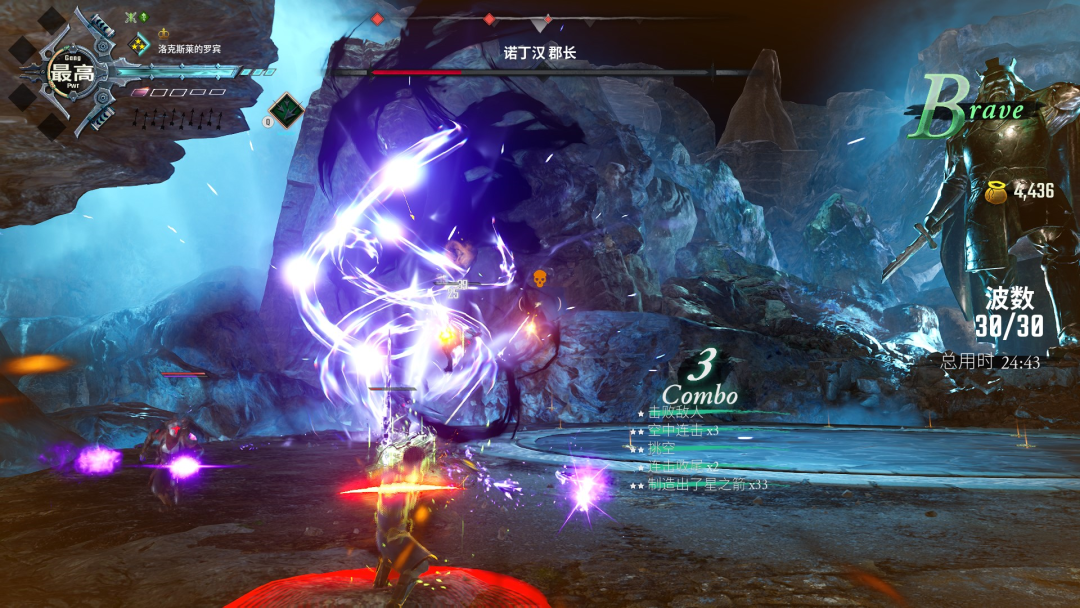
To summarize, Sherwood Grand Theft Auto’s various problems are quite real, and despite a decent opening feel, it lacks experience and attention to detail. But in retrospect, I’m afraid it’s more difficult to find friends who are willing to pay a lot of money to accompany you on your journey through the game than it is to find a game that’s monotonous and boring.

